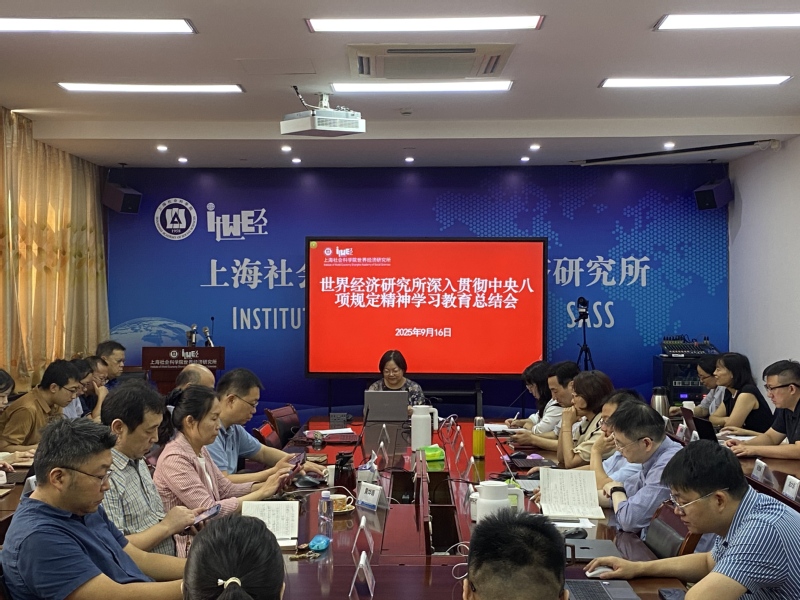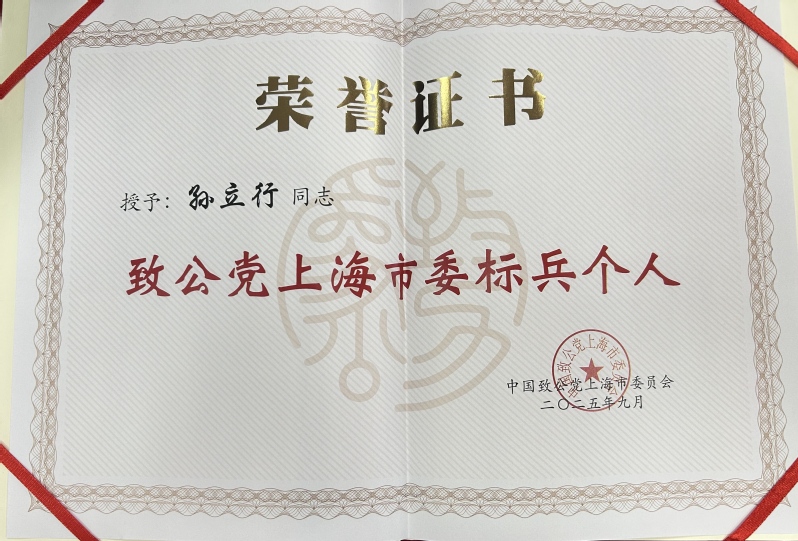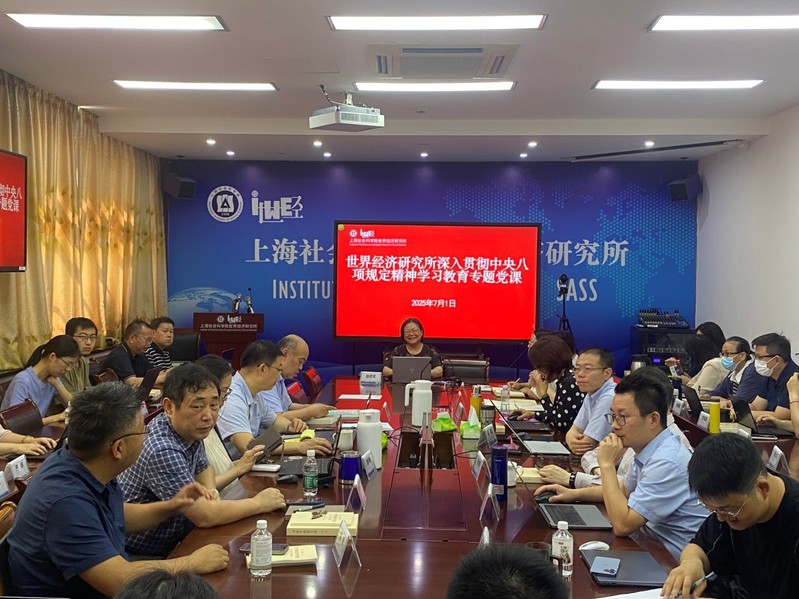Global Times
The government is considering further expanding the schemes to allow all of the institutional investors who meet qualification requirements to take part in the programs, Guo explained.
Since first launched in December 2011,
Meanwhile, the QFII quota was widened to $80 billion in April 2012, up from $30 billion. Guo had also said in November that the upper limit on the QFII scheme would be lifted further if the $80 billion mark was reached.
As of December 31, 2012, regulators have granted a total investment quota of $37.44 billion to 169 institutional investors under the QFII plan, statistics from the State Administration of Foreign Exchange (SAFE) show, with some 35 percent of the current quota amount going to institutions in 2012.
As for the RQFII scheme, 24 institutions - including 12 fund companies and 12 securities firms - held a combined quota of 67 billion yuan at the end of last year, according to the SAFE.
The QFII and RQFII programs have expanded quickly as the government eases capital controls in order to draw more money into the sagging mainland equity market and meet the fundraising demands of the hundreds of companies currently waiting in line for a public float, Zhou Yu, director of the Research Center of International Finance at the Shanghai Academy of Social Sciences, told the Global Times.
"Also, the stable yuan exchange rate makes it possible for regulators to expand the QFII program, a move which might otherwise put pressure on the yuan to appreciate," Zhou said.
The Chinese government is also considering allowing individual investors to take part in schemes aimed at managing cross-border capital flow - such as the Qualified Domestic Individual Investor (QDII2) and the Renminbi Qualified Foreign Individual Investor (RQFII2) plans - Guo went on to mention, without offering further details.
PBC said to have picked HK banks for Qianhai lending
Global Times
The People's Bank of China (PBC) has approved the first group of banks in
Between three to five banks in Hong Kong have reached agreements with companies in Qianhai, a 15-square-kilometer zone on the western edge of Shenzhen, Guangdong Province, which mainland authorities plans to build into a financial service hub, to provide them with loans denominated in the renminbi, the CBN article stated. The quota for the yuan loan program is set at 50 billion yuan ($8.03 billion), the report also mentioned.
Last month, the central bank officially allowed companies in Qianhai to borrow yuan from Hong Kong banks, with tenors and interest rates to be decided independently by the two parties, in an effort to provide financial support for the development of Qianhai, encourage Hong Kong banks to boost the scale of their yuan assets and enliven the off-shore yuan market, the Shenzhen Central Sub-branch of the PBC wrote in a statement posted on its website on December 27.
Cross-border yuan lending will benefit both Qianhai enterprises and Hong Kong banks due to the gap in lending rates between the mainland and
Currently, the interest rate on one-year yuan loans offered by banks in
Attracted by the lower interest rates, many of the 304 enterprises that are investing or doing business in Qianhai will apply to borrow from
To prevent interest rate arbitrage, which could disrupt the credit market on the mainland, the PBC has made it clear that loans should only be put into projects it has approved and should not be lent elsewhere or invested into securities, derivatives or wealth management products, according to a recent report in the National Business Daily, citing detailed regulations issued by the PBC's sub-branch in Shenzhen.
This program will also promote wider adoption of the yuan as it will lift bank deposit rates for overseas yuan holders, Zhou said.
IPO candidates face harsher scrutiny
Global Times
The China Securities Regulatory Commission (CSRC), the country's securities regulator, will conduct its own investigations into the accuracy of the financial reports of companies in line to launch initial public offerings (IPOs) at mainland stock exchanges, according to statements from the commission Friday.
The CSRC will require companies in the mainland IPO pipeline, as well as their listing sponsors and accounting partners, to carry out self-examinations to ensure that the financial information they are disclosing ahead of their public float is authentic, accurate and objective, according to the statement. Self-inspection reports are to be sent to the CSRC before the end of March 2013, the commission stated, with random spot checks to follow from there.
Specifically, regulators will be looking for companies that are manipulating their profits or carrying out illicit maneuvers to dress up their balance sheets - such as self-deals, paying expenses under the name of related parties or marking down employee salaries on paper - the CSRC said.
The intensified regulatory scrutiny comes after a string companies posted dramatic drops in their profits soon after listing. According to statistics from Wind, a financial information provider, over one third of the 155 firms which launched IPOs on mainland boards in 2012 experienced falling profits at some point during the first three quarters, with 28 seeing their profits sag by more 20 percent year-on-year over the period.
Such sudden declines are mainly due to exaggerated financials as well as fraud, although the slowing domestic economy may have also contributed to the phenomenon to some extent, Zhou Yu, a financial expert at the Shanghai Academy of Social Sciences, told the Global Times.
"Chinese regulators have to have stricter supervision over the financial reports of IPO candidates to boost investor confidence and enhance the long-term development of the stock market," Zhou said.
In late November, the Shenzhen Stock Exchange publicly censured Wanfu Biotechnology (
Listing sponsors CITIC Securities and Guotai Junan Securities also received warning letters recently from regulators after two of the firms they sponsored saw their performances suddenly and sharply weaken soon after their public trading debuts.
The increasingly crowded IPO pipeline has also created an incentive for regulators to get tough with listing candidates, Zhou said. Currently, there are over 800 companies waiting for a decision on their IPO plans, according to data from the CSRC.
"Given the bearish stock market, regulators can never permit so many companies to enter the market, which makes them more determined to carry out stricter check on the companies' qualification," Zhou said.






